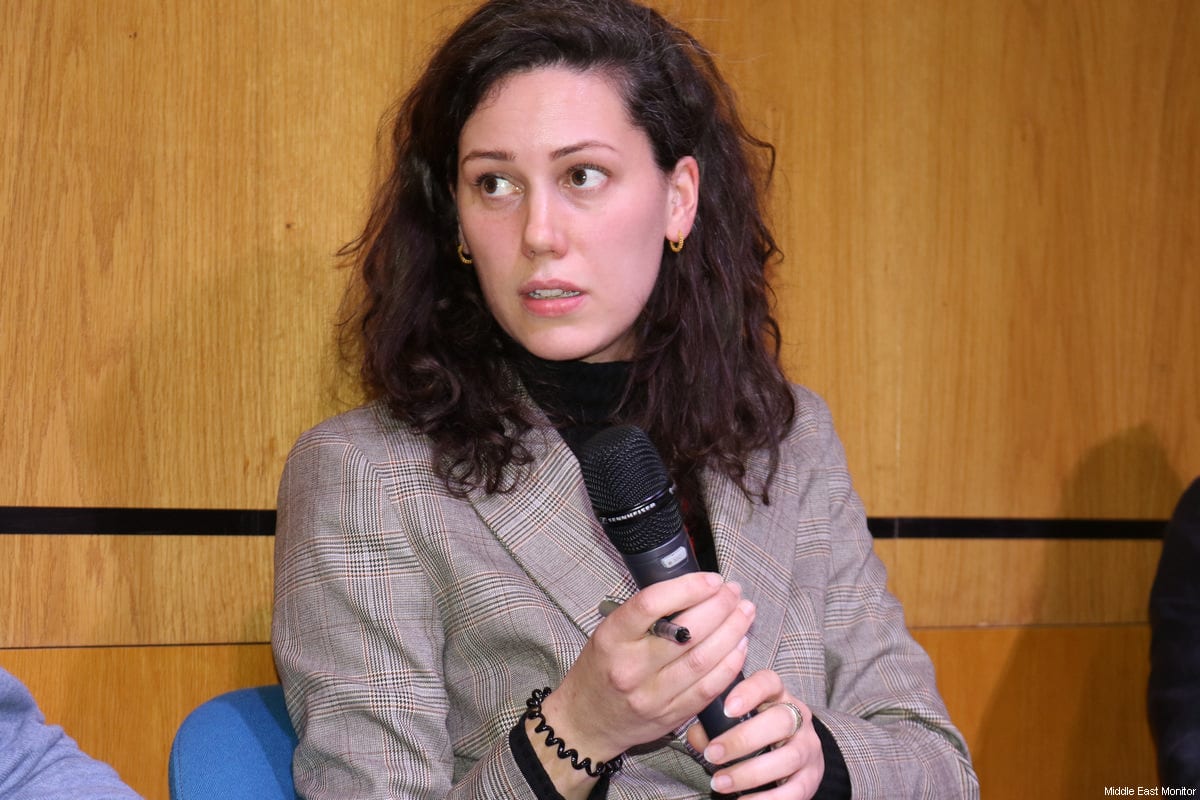Beyond Abbas’s pictures of Iranian revolutionaries burning a portrait of the Shah in 1978, and past the stereotypical images of veiled women with mobile phones, a collection of photographs at the back of a new exhibition at the Victoria and Albert Museum tell a subtle story.
Sombre, grey, concrete watchtowers dominate the pictures. In the corners of one or two, a wall is creeping into the shot; the huge slabs of concrete are scrawled with Arabic graffiti. Towards the back of the frame, curls of barbed wire occasionally pop into view. What look like barrels beside the watchtowers are covered with Hebrew writing.
Taysir Batniji’s images of Israeli watchtowers in Occupied Palestine are brash, grey and unapologetic. Their sinister presence and lack of colour leave the viewer with a trace of understanding what it is like to live under constant surveillance and control; to imagine how it must be to deal with the psychological effects of occupation.
Batniji’s work is part of an extensive collection of contemporary photography from, and featuring, the Middle East at the V & A. The new exhibition showcases more than ninety pieces by 30 artists. As with Batniji’s, all of the work in the exhibition provides a response to the social and political challenges that have rippled through the region in the past twenty years.
Curiously, Batniji did not actually take the photographs which bear his name. As a Gazan Palestinian he had to commission a photographer living in the West Bank to take the images for him; as a resident of Gaza, travel to the rest of Palestine is impossible.
At first sight, the images do not look professional; some are blurred around the edges or composed hastily so the frame does not form a level square around the subject. This is understandable; taking photographs of Israeli watchtowers is dangerous and it is not safe to carry heavy photography equipment to the border. As Batniji commented, “Aestheticisation becomes a vivid political challenge.”
In another part of the gallery the blurb on the wall reads, “The artists here appropriate images from the past in order to make statements about the present… knowingly combining past and present.” If Batniji’s photographs provoke suggestions of Israeli dominance in the past, viewers will not need vivid imaginations to draw comparisons with the events that have unfolded in Gaza in the last week.
Batniji’s photography not only documents the occupation but also offers us a different prism through which to view the complexities of the Palestine-Israel conflict, providing a deeper context with which to examine the crisis in the region. Israel claims that it is acting in “self-defence” against rockets fired from Gaza; that the current massive bombardment is “retaliation”. Perhaps the horrors of living under Batniji’s watchtowers could provide a different starting point for any objective analysis of the events unfolding in the coastal Strip.
Light from the Middle East is showing at the V&A Museum until the 7 April 2013
Follow Amelia on Twitter: @amyinthedesert
The views expressed in this article belong to the author and do not necessarily reflect the editorial policy of Middle East Monitor.








